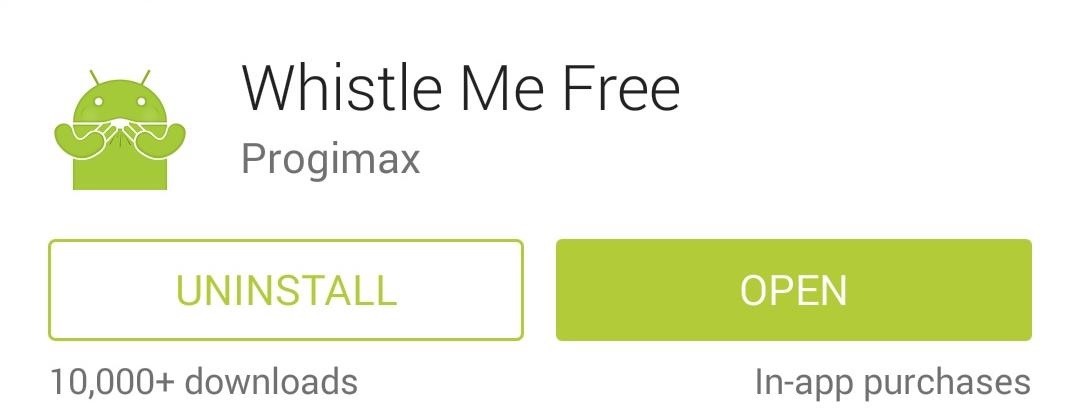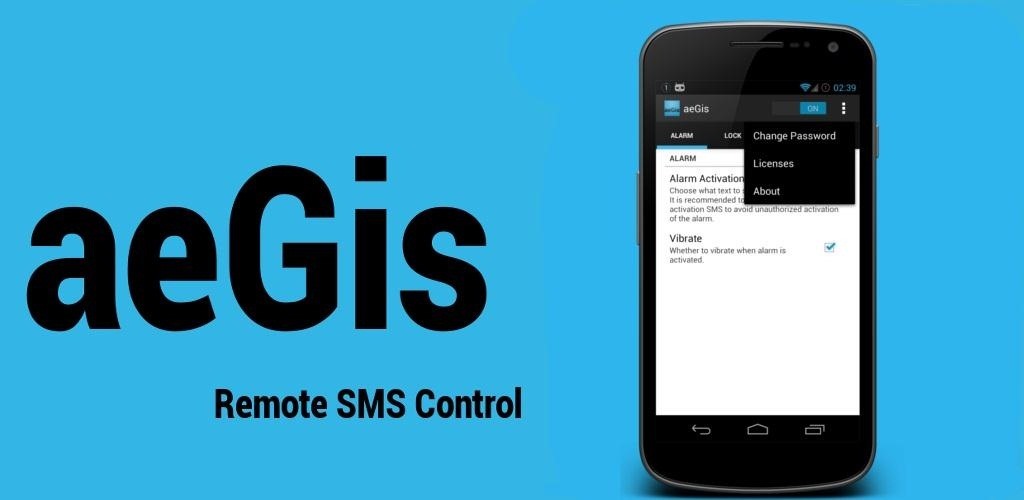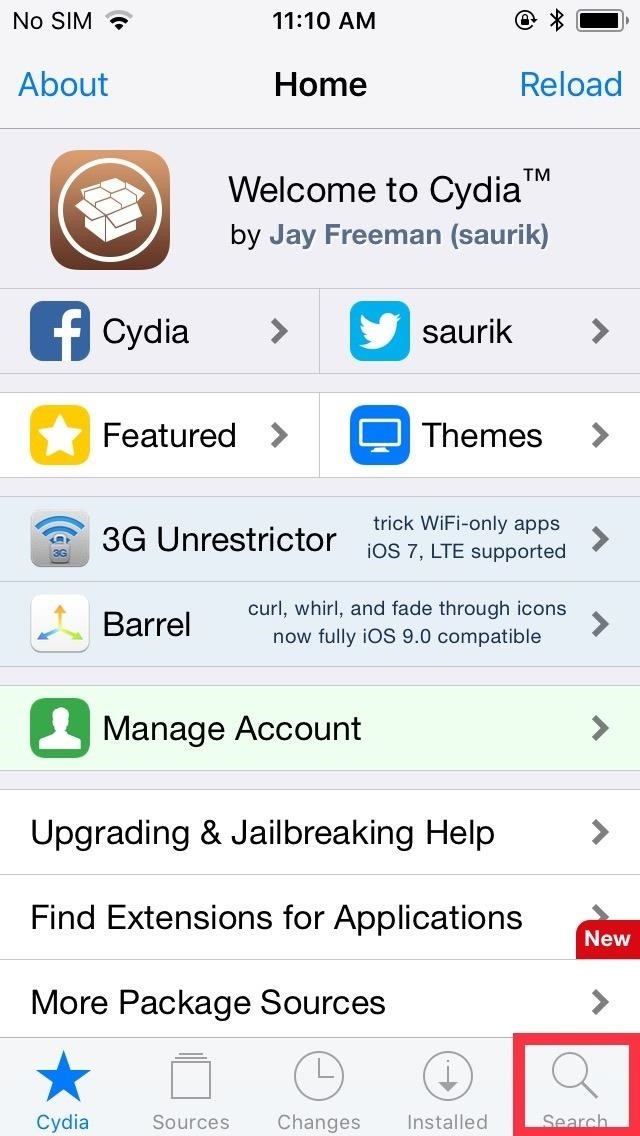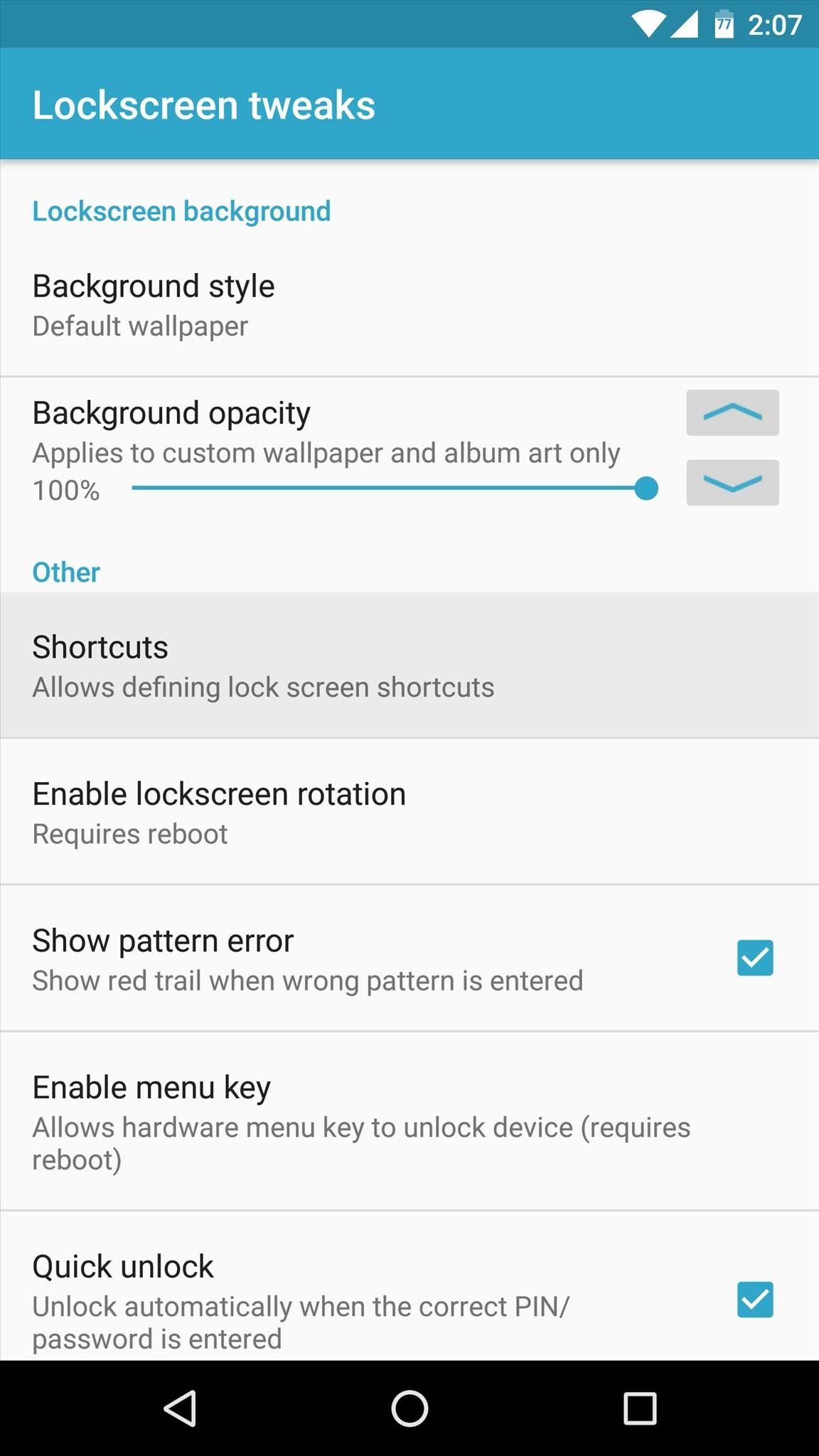How To: Use a Wireless or USB Mouse on Your iPhone in iOS 13
For the first time, you can officially use a computer mouse with your iPhone, thanks to Apple's new accessibility settings in iOS 13. It works for all types of Bluetooth mice, as well as those with wireless receivers. Even wired mice will work.There are many benefits to using a mouse pointer, and the most significant one is because of difficulty using a touchscreen device with your fingers. It's particularly tricky using touch when it's hard to accurately tell what you're tapping or if your fingers are relatively large. With a mouse, there is no obscurement of the display.Additionally, you can hover a pointer on the screen to highlight something for someone or to help follow along when reading. It can be faster to perform actions in some scenarios. There's more precision. It's great to have when your display isn't registering touches correctly. And you'll likely be able to play games faster and better.Don't Miss: How to Enable Apple's True Dark Mode in iOS 13 for iPhone

Step 1: Open the Pointing OptionsThe feature in iOS 13 is hiding in the Accessibility menu, which has changed places since iOS 12. To access it and the mouse settings, open the Settings app, tap "Accessibility," then "Touch" under Physical and Motor. Next, tap "AssistiveTouch" up top, then "Pointing Devices."
Step 2: Pair Your Computer MouseThe type of wireless computer mouse you have will determine how you set it up, but both ways are easy. However, if you have a Bluetooth mouse without any dongles, you may have an easier time using the mouse since we've found that mice with USB dongle receivers are forgotten fairly quickly by the iPhone.

Option 1: Pairing a Bluetooth Mouse Without a USB ReceiverNavigate away to the "Bluetooth" options in the Settings app (you'll be going back to the AssistiveTouch settings later). Make sure Bluetooth is on, as well as your Bluetooth mouse, then look for it in the My Devices section. Tap on it to "Pair" it with your iPhone. Once connected, move on to Step 3 below.Note: Opening "Bluetooth Devices" from the Pointing Devices page won't do anything but scan endlessly unless you pair the mouse first in the Bluetooth settings.Recommended Dongle-Less Bluetooth Mice: Logitech M535 Gray | M557 Gray | M535 Blue | M720 Black

Option 2: Pairing a Wired or Wireless Mouse with USB ReceiverOn the Pointing Devices page, you will see the "Bluetooth Devices" option, but that's not what you want. That's only for mice that connect via Bluetooth. For the ones with USB-based receivers or wired ones, you'll need to have a USB to Lightning adapter. If you've used our guide on transferring photos and videos from a DSLR camera to your iPhone, you likely have one ready to go.If you don't have an adapter, you will need to get Apple's Lightning to USB Camera Adapter ($29) or Lightning to USB 3 Camera Adapter ($39). Either of these will work, but the cheaper one is good enough for use with your computer mouse.Buy the $29 adapter from Amazon, Apple, Best Buy, Walmart Buy the $39 adapter from Amazon, Apple Image by Justin Meyers/Gadget Hacks When you have one, make sure your mouse is turned on, then connect the USB receiver or USB cable for the mouse to the USB end of the adapter. Next, plug in the adapter to the iPhone's Lightning port. Immediately, you should see an option appear for "USB Reciever" under Connected Devices. Tap that, then proceed to Step 3.

Step 3: Customize Your Mouse ClicksNo matter what type of computer mouse you have, after you select it in the Pointing Devices menu (go back there if you used Option 1 above for pairing), you'll have options to customize what buttons do what. Depending on your mouse, some buttons may already be assigned. On a three-button mouse, the defaults seem to be "Single-Tap" for one button, "Open Menu" for another, and "Home" for the last one. You can tap any of these buttons and change the action to something different.All of the actions include None, Single-Tap, Open Menu, 3D Touch, Accessibility Shortcut, Analytics, App Switcher, Control Center, Double Tap, Home, Lock Rotation, Lock Screen, Mute, Notifications, Pinch, Reachability, Restart, Screenshot, Shake, Siri, SOS, Speak Screen, Voice Control, Volume Down, Volume Up, and Apple Pay. If you don't see any buttons already available to set up, or if not all of your mouse's buttons are present, you can force your iPhone to recognize the other buttons. To do so, tap "Customize Additional Buttons" at the top. A prompt will appear asking you to press a button on your pointing device to choose an action. When you do, the button should appear in the list which you could associate with any of the available options seen above.

Step 4: Use the Computer Mouse on Your iPhoneNow for the big moment — actually using the mouse with your iPhone. Since this is an AssistiveTouch feature, you need to turn AssistiveTouch on. So back out of the Pointing Devices settings until you're on the AssistiveTouch screen again, then toggle on "AssistiveTouch" at the top. Alternatively, you can use the triple-click Home or Side button shortcut if you have that enabled for AssistiveTouch.The circular AssistiveTouch menu icon will appear, as well as the circular mouse cursor. You can disable the AssistiveTouch icon when a pointer is active by toggling off "Always Show Menu" in the AssistiveTouch settings.Depending on what actions you chose for each button, mouse use will vary from person to person. But if you stuck with the defaults as I did above, left-clicking will select things. Left-clicking and holding it down will grab items or let you perform swipes like to open the Control Center or Notification Center.Right-clicking will open the AssistiveTouch menu. And clicking the middle button will take you to the home screen. It's relatively intuitive and easy to use — just like a mouse on your computer.

Step 5: Change the Tracking Speed of the Cursor (Optional)I found that the cursor was going too fast on the screen, so I had to turn the tracking speed down. If you're in a similar situation, or if your cursor is moving too slow on the screen, you can adjust it. In the same AssistiveTouch menu, find the Tracking Speed section. In it, there's a slider which you can adjust — left toward the turtle slows it down, right toward the rabbit speeds it up.

Step 6: Change the Cursor Size & Color (Optional)If you're using iOS 13's new Dark Mode feature, the default gray color of the cursor may be hard to see, but you can change it. In the AssistiveTouch menu, tap on "Cursor" Then, select "Color," where you'll find options for gray, white, blue, red, green, yellow, and orange.Back in the Cursor menu, toggle on "Large Cursor" to make the circle noticeably bigger. If it's too big, you can always turn the option off.

Step 7: Enable Drag Lock for Scrolling (Optional)By default, when you left-click-and-hold, then move the mouse up or down on a page, it will let you scroll. Let go, and it acts just like your finger was removed from the screen, and if you want to scroll more, repeat the process.There is another way to scroll, however, where it locks the cursor to the place where you left-clicked, so you can only scroll up and down as much as the cursor can appear on the screen. To try this out, turn on the "Drag Lock" toggle in the AssistiveTouch menu. Then, left-click-and-hold somewhere on a page, give it a second, then move the cursor, and you'll immediately notice the cursor "locked" to that spot on the page. To get rid of the lock, just left-click again to disable it.

Step 8: Adjust the Zoom Pan Options (Optional)If you use the "Zoom" feature at all with your iPhone, this is an excellent setting to check out. In the AssistiveTouch options in the Tracking Speed section, tap on "Zoom Pan." There are three options to choose from:Continuous: When zoomed in, the screen will always move with the cursor. Centered: When zoomed in, the cursor will stay in the middle of the screen with the page moving accordingly. Edges: When zoomed in, the screen only moves when the cursor moves around the edges of the display.

Step 9: Enable the Dwell Setting (Optional)If you don't like clicking at all, you can minimize it with the "Dwell Control" setting in the AssistiveTouch menu. Toggle it on, and whenever you hover over something on the screen, and in a few seconds, it will perform that action for you. Note: with this option enabled, the AssistiveTouch menu icon needs to be on, and it will turn it on automatically for you.You can adjust the time frame for when the action will be initiated, so if you're hovering over a menu icon, you can change how long the hover is before it will open that menu icon up. Use the plus and minus signs next to "Seconds" to adjust it from 0.25 seconds to 4.25 seconds in 0.25-second increments.The "Movement Tolerance" setting provides a slider you can adjust for the distance you can move while dwelling on an item. Move beyond the limit, and the action won't happen. Sliding the white dot left decreases the radius while moving right increases the radius. So far, this is an excellent attempt at incorporating computer mice into iOS. It's likely more useful in iPadOS 13 since you can use that as a real computer, but it's still beneficial on iPhone. However, there's one thing I wish were included in the pointer settings — a way to change how the scroll wheel works.To me, it's unnatural the way scrolling works in the "natural" setting, similar to the natural setting on macOS, but it may not be to you. When scrolling on the iPhone, when you scroll the wheel toward you, the page scrolls up, and scrolling the wheel away makes it scroll down. I prefer the approach where scrolling the wheel toward you makes the page scroll down, and away makes it go up.Don't Miss: 100+ Exciting New iOS 13 Features for iPhoneFollow Gadget Hacks on Pinterest, Reddit, Twitter, YouTube, and Flipboard Sign up for Gadget Hacks' daily newsletter or weekly Android and iOS updates Follow WonderHowTo on Facebook, Twitter, Pinterest, and Flipboard
Cover photo, screenshots, and GIFs by Justin Meyers/Gadget Hacks
Samsung Vibrant Hacks - How to USB Tether Your Samsung Vibrant! Posted on July 28, 2010 by max For those of you wondering if you can ever tether your Samsung Vibrant as a 3G USB modem, you can using the hidden "Samsung Kies" feature, which allows you to use your Samsung Vibrant as a 3G USB modem.
How to Install a free WiFi tethering application on a Samsung
The beta firmware for OnePlus devices lets you record calls from the stock Oxygen OS dialer, but this feature is never included in official updates. This is likely due to legal issues with recording calls in some jurisdictions, but thankfully, there's a way to get this feature without having to run beta software.
16 tips for shooting better video on Android | AndroidPIT
It's your 24/7 library at your fingertips — anytime and anywhere. Read with your Kindle, Kindle Paperwhite, Kindle Voyage or Kindle Oasis, or access Prime Reading on other devices. Just download the free Kindle app for use on your iOS or Android smartphone or tablet. With Amazon's Whispersync technology, you'll be able to pick up where you
How to use Spotify in offline mode on Android devices - CNET
Just like on the Google Chrome desktop version, whenever you're not connected to the internet and you try to load a webpage on your iPhone or Android phone, you'll get the "There is no Internet connection" or "You are offline" message in Chrome with a friendly looking dinosaur image above it.
How to Play the Hidden Minigame on Chrome for Android
This video will show you how to disable the multitask and back button on any Samsung Galaxy device. Hope you enjoy please like and subscribe. Turn Your Galaxy S7 Into A Galaxy S8
Galaxy S10: Ten Features to Enable and Disable
Here's How to Set Swipe Gesture Actions for External Links on Android. the app will ask you for different swipe gestures that can be used in the app. # Android apps # browser
How to Redirect Links on Android to Open in the App You
The company will pay up to $250 for your old iPad in the form of an Apple gift card. Unlike when trading in an iPhone, Apple requires you to share the serial number of the iPad to see the trade-in
Want iPhone GIFs? Here's how to get the iMessage GIF keyboard
According to this support article, when you remove it from your iPhone, it removes it from a paired watch: If you have an Apple Watch paired with your iPhone, removing an app from your iPhone Home screen also removes that app from your Apple Watch Home screen. Remove built-in Apple apps from the Home screen on your iOS device with iOS 10
How to add, remove and rearrange apps in your Apple Watch Dock
How To: Unlock the Bootloader on Your Pixel 2 or Pixel 2 XL How To: Unlock the Bootloader on the Essential PH-1 How To: Unlock the Bootloader on Your LG G6 (T-Mobile Variant) How To: Motorola Shows You How to Unlock the Bootloader on Select Android Phones and Tablets
Unlock Bootloader Of Any Android Via Fastboot Commands (2018)
Search the world's information, including webpages, images, videos and more. Google has many special features to help you find exactly what you're looking for.
How to order food directly with Google iOS or Android
System and Data Protection How to make a full backup of your Windows 10 PC A full backup is crucial to safeguard your system and files, and in this guide, we'll show you the steps to create one
How to create a system image in Windows 10 - CNET
2019 Gift Guide: Must-Have Accessories for iPhone Owners
This is not an official TWRP Recovery on Essential Phone PH-1 from TWRP Team. If you install any Custom Recovery on Essential Phone PH-1, you can install Custom ROM, Custom Mods, Custom Kernels or any zip file such as Xposed. Read the guide carefully on How to Root and Install TWRP Recovery on Essential Phone PH-1.
Root Essential Phone (PH-1), Install TWRP and Unlock Bootloader












































